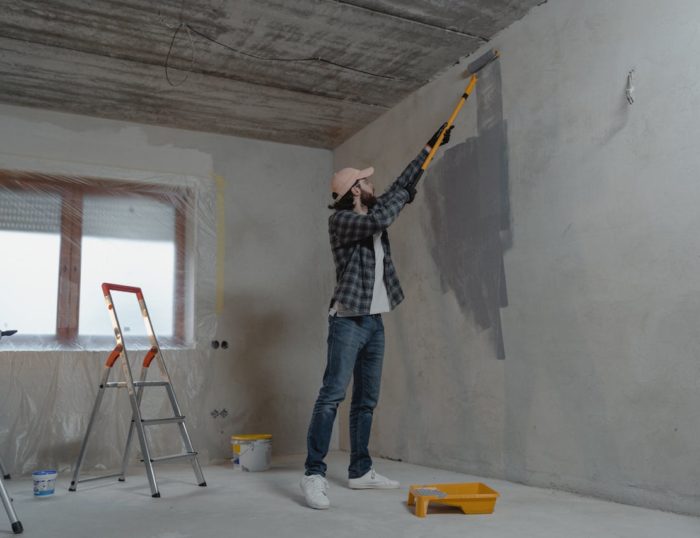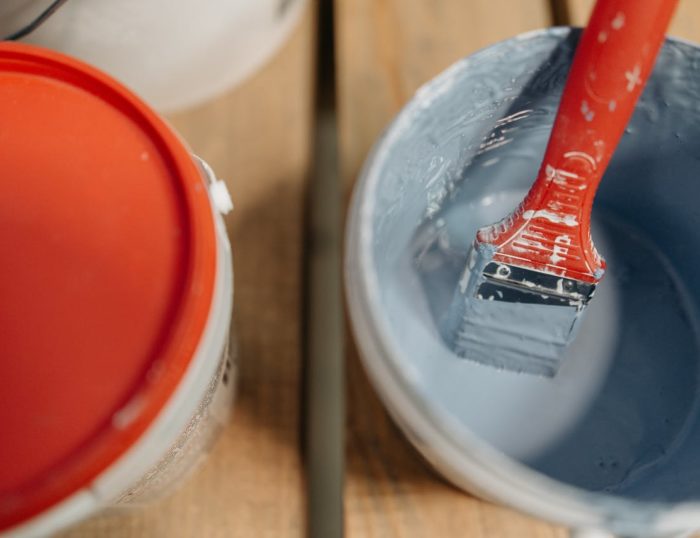In many cases, yes, contractors do expect some level of negotiation during the contracting process. Negotiation is common in many industries, including construction, home improvement, and services. Contractors often set their initial prices with some room for negotiation built in, anticipating that clients may want to discuss terms, prices, or…
The amount by which a project cost can exceed the initial estimate can vary depending on several factors, including the nature of the project, the level of detail in the initial estimate, and unforeseen circumstances that may arise during the project. Communicate openly with your contractor throughout the process to…
When working with a contractor, maintain a professional and respectful relationship. Here are some things you should avoid saying to a contractor… “I don’t care about permits/licenses.” You must adhere to local building codes and regulations. Ignoring permits and licenses can lead to legal issues and compromise the quality of…
A bad paint job can manifest in various ways, often resulting from poor technique, insufficient preparation, or low-quality materials. Here are some common indicators of a bad paint job… Uneven Coverage – If the paint appears patchy or streaky, with areas of inconsistent color or texture, it indicates that the…
Painters might choose to water down paint for a few reasons, though this practice isn’t always recommended and can vary depending on the specific circumstances… Consistency – Watering down paint can help achieve a smoother consistency, making it easier to apply evenly with a brush or roller. This is particularly…
Identifying a bad paint job requires careful observation and attention to detail. Here are some telltale signs that can indicate a subpar paint job… Uneven Coverage – Inconsistent color or texture across surfaces may indicate that the paint was applied unevenly or with insufficient coverage. Drips and Runs – Visible drips,…
When painting a house, it’s best to start with the ceilings and then move on to the walls, followed by any trim or other details. Here’s the typical order of painting… Ceilings – Painting the ceilings first allows any drips or splatters to be easily covered when painting the walls…
The order of cutting in (using a brush to paint along edges and corners) versus rolling (using a roller to paint larger areas) when painting a room can vary depending on personal preference and the specifics of the project. A common approach is to cut in first, followed by rolling.…
Determining the amount of paint needed for a 1500-square-foot house exterior depends on several factors, including the type of siding, the number of stories, and the desired number of coats. A general guideline is to estimate paint coverage based on the surface area to be painted. Here are the basic…
While it’s possible to paint a house without washing it, it’s generally not advisable or recommended. Proper surface preparation is essential for a successful paint job, and washing the house before painting is a crucial step for several reasons… Dirt and Grime Removal – Washing the exterior surface removes dirt,…










